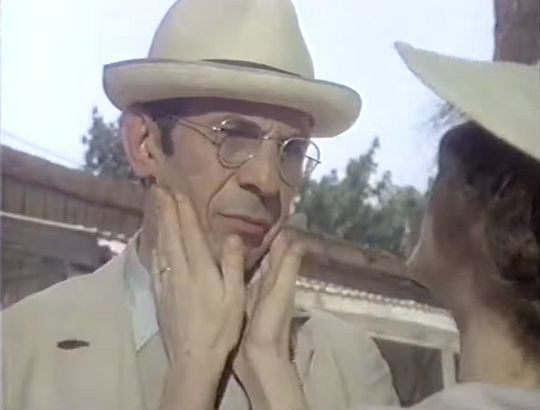#A Woman Called Golda
Text

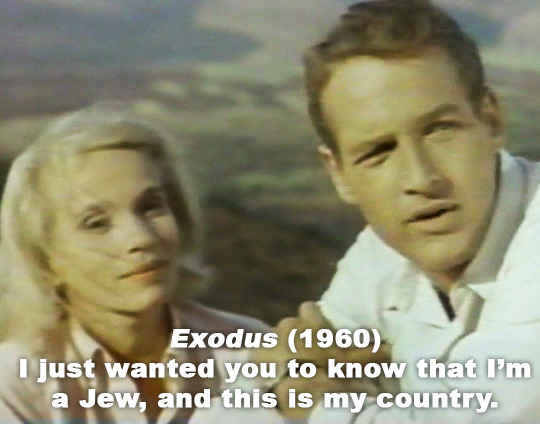
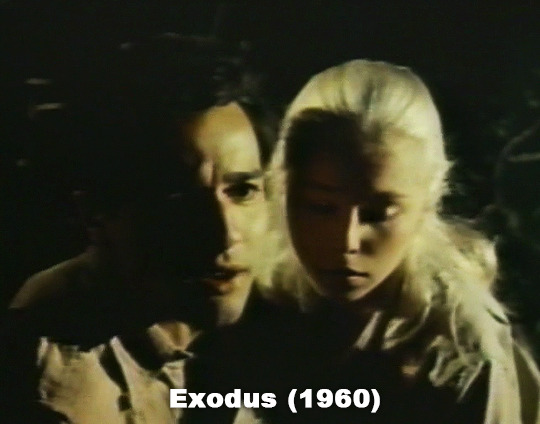


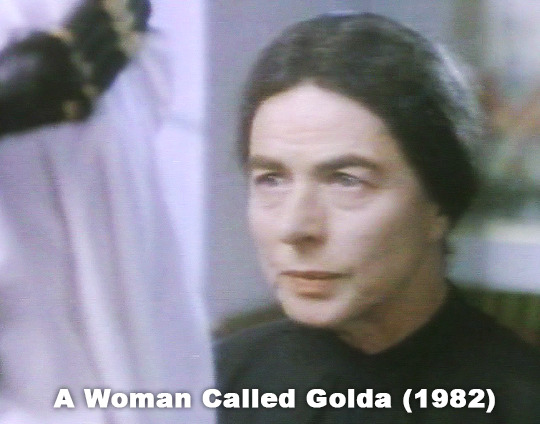

Some films featured in INTRODUCTION TO THE END OF AN ARGUMENT (1990, Elia Suleiman & Jayce Salloum) , an essay on Hollywood + Western media's Orientalism, Islamophobia and Zionism through the decades
watch
#introduction to the end of an argument#elia suleiam#jayce salloum#hollywood#zionism#orientalism#islamophobia#media representation#the sheik#exodus 1960#paul newman#a woman called golda#ingrid bergman#sal mineo#harum scarum#elvis presley#harrison ford#raiders of the lost ark#ishtar#isabelle adjani#rudolph valentino#these are the ones i could figure out rn anyway
8 notes
·
View notes
Text
A very happy birthday in the afterlife to Ingrid Bergman!
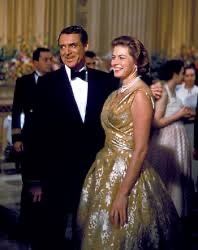


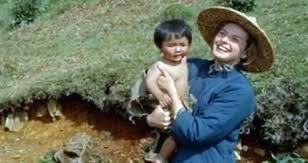






#ingrid bergman#casablanca#notorious#spellbound#a woman called golda#autumn sonata#the inn of the sixth happiness#the bells of Saint Mary#indiscreet#anastasia#for whom the bell tolls#movies#actress#stromboli
4 notes
·
View notes
Text
I just saw a quote online by Esther Bejarano, a German jewish h0l0caust survivor who died in 2021. Her quotes are widely spread here, especially now. I google her name and add Palestine and the first thing that pops up is an interview she gave in 2018 in which she said she supports the BDS-movement and considers it necessary. She came to Palestine in September 1945, one of her sisters was already living there since 1937, so way before Israel’s foundation. She arrived there and when she settled in began working in a cigarette factory alongside „radical Zionists“ of the Lechi group with whom she refused conversations and which made her quit that job. She then became a nurse for kids and a singer until she was forced to do military service in 1948 when Israel was founded. She sang in front of soldiers because singing was still her dream. After getting out of the army she tried joining Israel’s artist association but wasn’t allowed in because she sang „communist songs.“ In the meantime she met her husband who also engaged in communist circles. She said both of them „openly opposed Zionists like Ben Gurion and Golda Meir“ and their „this land is ours“ narrative and they were called, despite both being jewish and her surviving concentration camps, „antisemites“ for that and were faced with harsh „repressions“ that were so badly, she and her husband left Israel with their two kids in the late 1950s. They did not feel safe there. They came back to Germany. She then said her opinion is that Palestinians have the right to defend themselves against what Israel is doing to them. Otherwise they will just kill them anyway. She then mentioned Hamas (again, interview from 2018) and how there’s always just reports in the media when they shoot rockets at Israel and that they are blamed for the ongoing war, and then she said „who began the war? Not the Palestinians!“ She was THERE when it started. The interview is in German but I’m still gonna link it here as a source. I also got more info from her Wiki article. Several shoah survivors have spoken out against Zionism, this woman survived AUSCHWITZ and other concentration camps. She was called an ANTISEMITE despite that in Israel and felt so unsafe there she went back to Germany, the place she originally fled from. She lived here again until she passed. Where is all this super important „background“ info when you quote her about antifacism then stand with Israel?
16 notes
·
View notes
Text
“This season was basically about you”
“Yeah it was about me”. Jonathan Bailey “i care about diversity and south asian representation and my costar Simone Ashley” everyone
Fuck you Jonathan Bailey, fuck you honestly and fuck all your fans for still supporting your ugly white as chalk ass despite your failure to mention your co-star, a woman of color who has consistently been sidelined. I guess now that "your" season is over, you can abandon the act of caring about diversity, or at least acknowledge your South Asian leading lady. Of course Jonathan Bailey fans are ok with with as long as you mention another woman of color from a different project.
I know his fans will come up with numerous excuses, even blaming Simone herself, as some have done when she didn't tag him on Instagram, claiming she does so because she "thinks she is too cool for the show."
They’d rather go around doxxing and harassing those people who call this man out.
This SS from a forum brings it on point:

I'm going to tag him because he should be called out, just as people called out Golda or Charithra when they didn't name-drop Simone. Your precious white man is not receiving preferential treatment anymore.
Let’s hope for Simone to never has to interact with this ugly ass man again ever. Let’s hope she leaves the 🐝 show for good. Done with Kanthony and done with this disgusting homewrecker bestie pos JB.
#simone ashley#kate sharma#bridgerton#anthony bridgerton#bridgerton cast#jonathan bailey#Jb pos of the show
1 note
·
View note
Text
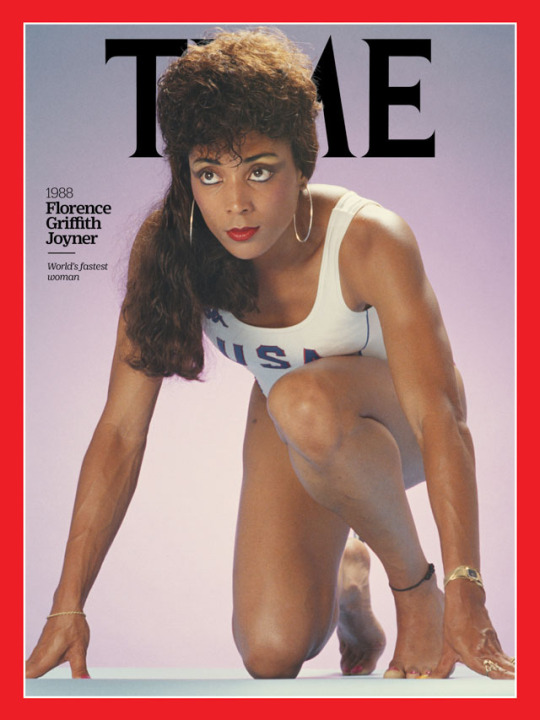

For 72 years, TIME named a Man of the Year. With a few exceptions, it was almost always a man, usually a President or a Prime Minister or perhaps a titan of industry. Throughout history, these are the kinds of men who have wielded influence over the world.
In 1999, Man of the Year gave way to Person of the Year. While the name rightly changed, too often the choice was the same. With this 100 Women of the Year project, we’re spotlighting influential women who were often overshadowed. This includes women who occupied positions from which the men were often chosen, like world leaders Golda Meir and Corazon Aquino, but far more who found their influence through activism or culture. As former TIME editor-in-chief Nancy Gibbs writes, this project is an exercise in looking at the ways in which women held power due to systemic inequality. “Women,” Gibbs writes, “were wielding soft power long before the concept was defined.”
To recognize these women, we have created 89 new TIME covers, many of which were designed by prominent artists. We left intact the 11 covers for women who had been named Person of the Year. The 100 choices in this project are the result of a months-long process that began with more than 600 nominations submitted by TIME staff; experts in the field; our creative partner, filmmaker Alma Har’el; and a committee of notable women from various backgrounds.
This process prompted just as many questions as answers: “What does it mean to be a woman?” “How has society failed to acknowledge the contributions of women?” One answer came from feminist organizer Gloria Steinem, whom we picked for 1970, and whom we asked to revisit a piece she wrote that year in TIME called “What It Would Be Like If Women Win”—a rare opportunity to reflect on 50 years of change.
0 notes
Text
Joshua Wong.....yea I think capitalism in the states right now is subversion fuckery sex offense mostly....and its more young communists like writers strikes that are persecuted for refusing to allow people necessity clauses to get on people's cash
The young communists in schools tend to expose experimentalism as infrastructure so a lot looks like sex offenders water can be changed to wine
Yea it's difficult to tell...if people are americans or Germans it's like should I sympathy that were they to harsh to the athletes or more beastialism or is that neo Nazism...so I prefer peace because I'm not given guilt information and I don't enjoy targeting people who were just lucky that way in life they got to be strong and healthy
Because my therapist was like why don't you just ask people if they need to talk sometimes or tell you some things that have happened in their life
No I don't want a car or any of that....it's having to shoot at people all the time
Car head lights are like Ralph Nader.......and the Ford pinto their all engineered to pierce and cause developmental handicap
All you have to do is own something that repulsively irritating and mass amounts of people criminalized
Then you can Sylvia plath at people very subversive white is English and die of felonies
The 90s discovered lots of stuff like pre modern religion and nature....lightening if its angry enough to flash at me refuses to beat and batter me in subversive dikery fucker ways so I don't think my population is that incriminated
And they are really queer dikes if it's shelters I've told them persistently I was white and a woman and I don't want niggers and queers
No a nigger isn't a concept to be reclaimed it's a nasty meth addict rapist and enjoys very sadistic rafpe it's a nigger
No a dike isn't a concept to be reclaimed it's Irma grese.....it's a shove it up ya tampon or vaccine stab....dam the Mississippi River it's a dike that causes cancer through beastialism
They already in Ruidoso tried to make me get raped with this felon house fucker...I find gay in women that opts for fashion that masculine repulsive....ya know de sensorialize vagina and call the feminine God a persistent bisex burn....
Fuckers ya know people who rape orfices so badly people prefer to be a boy
Well I am poor enough to just say it but Langston Hughes better then communities still have all sorts of folk rituals to remove subversion of any kind
Well it's nigger....black men are Men.....sex is gross and icky and coodie and their not really touchable or desirable people.....but if it's nigger it can want excessive amounts of contact with populations under quarantine recommendation
Tuskegee....what happened there if not a cocaine show
That's all I have seen recently jobs and poorer thens to have become is a subversive genocide
People can get all liquored up and give their mind to brain washing fascists and let them steal all their blood or chollo steal their gland fluid or worse
Sal army....people can Sylvia plath at people
White is English?
I'm from Wisconsin though so golda meir makes sense to me the world or earth is feminine masculine is positive and what is strange here
Well life is hedonism to me people avoid pain cruelty and discomfort so I don't do incriminating things.....because the initial battle tends to claim a category wins and they just kind of put off complete ing the actual research
No no no you were told the study is to know the most people can get out of people and the least they have to give in return....so going and staying at a hotel or motel is just putting off the inevitable
It's the United States it practices illegal labor
0 notes
Text
Movie Preview: Helen Mirren goes "Golda" fierce in this bio-pic
The distributor has this trailer — not the Latin market subtitles — attached to showings of “Sound of Freedom.” They haven’t bothered to post their US market trailer on Youtube.
Clever.
Oscar winner Mirren goes a tad grittier than Ingrid Bergman did for a very fine 1980s TV movie, “A Woman Called Golda,” co-starring Leonard Nimoy.
Liev Schreiber is positively chilling as the monstrous Henry…

View On WordPress
0 notes
Photo


21 notes
·
View notes
Text
youtube
All Leonard Nimoy Kisses - Updated and Remastered!
This compilation of Leonard Nimoy kisses includes scenes from his early work, Star Trek, Mission: Impossible, movies, and more! Now with additional footage and improved quality!
Make sure to watch until the end for a rare Leonard Nimoy kiss! Enjoy!! 😘🖖
#Leonard Nimoy#Nimoy#Leonard Nimoy kiss#Spock#Mr. Spock#Star Trek TOS#Mission: Impossible#Kid Monk Baroni#Colt. 45#wagon train#the tall man#the balcony#this side of paradise#plato's stepchildren#all our yesterdays#baffled! movie#seizure the story of kathy morris#A Woman called Golda#leonard nimoy never forget#kiss#kiss compilation#Spock kiss#first officer nims
47 notes
·
View notes
Photo

TV Guide - October 17 - 23, 1959
Ingrid Bergman (August 29, 1915 – August 29, 1982) Actress who starred in a variety of European and American films. She won three Academy Awards, two Primetime Emmy Awards, four Golden Globe Awards, a BAFTA Award, and a Tony Award.
She made occasional appearances in television dramas such as The Turn of the Screw (1959) for the Ford Startime TV series—for which she won the Emmy Award for Outstanding Single Performance by an Actress.
In 1982 She was offered the starring role in a television mini-series, A Woman Called Golda, about the late Israeli prime minister Golda Meir. It was to be her final acting role and she was honored posthumously with a second Emmy Award for Best Actress. Her daughter Isabella described Bergman's surprise at being offered the part and the producer trying to explain to her, "People believe you and trust you, and this is what I want, because Golda Meir had the trust of the people." Isabella adds, "Now that was interesting to Mother." She was also persuaded that Golda was a "grand-scale person", one that people would assume was much taller than she actually was. Chandler notes that the role "also had a special significance for her, as during World War II, Ingrid felt guilty because she had so misjudged the situation in Germany".
Bergman was frequently ill during the filming although she rarely complained or showed it. Four months after the filming was completed, she died, on her 67th birthday. After her death, her daughter Pia accepted her Emmy. (Wikipedia)
21 notes
·
View notes
Photo
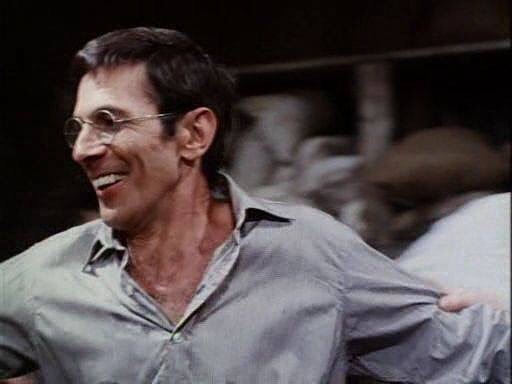
58 notes
·
View notes
Photo

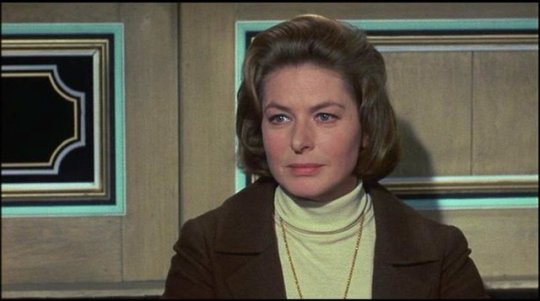

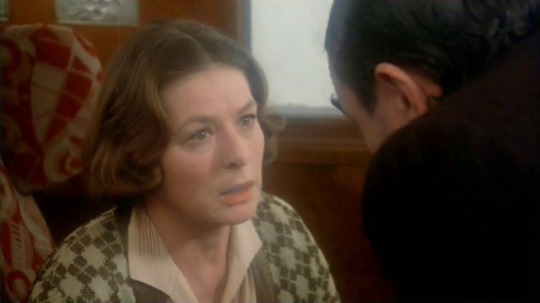





Ingrid Bergman
(August 29, 1915 - August 29, 1982)
#Ingrid Bergman#birthday#and RIP#actors#legends#Casablanca#Autumn Sonata#A Woman Called Golda#Notorious#Cactus Flower#Anastasia#Gaslight#Murder on the Orient Express#Stromboli#my edits#my sets
307 notes
·
View notes
Text
Bridgerton Season 2 is a delightful surprise

If you recommended me Netflix’s Bridgerton (adapted from the book series by Julia Quinn into a streaming television period drama series produced by Shonda Rhimes) and called it Gossip Girl meets Downton Abbey...none of it would compel me to watch it. I’ve never seen Grey’s Anatomy or How to Get Away With Murder or Scandal, but I understood Shonda Rhimes to be a powerful creative force with a hearty career in producing and writing for American television. I’ve never seen Gossip Girl or Downton Abbey, so the appeal in marrying the two to describe Bridgerton also didn’t work for me. I don’t care for period dramas, and the Regency era of London did not strike me as an intriguing backdrop for anything. I don’t care about the romantic plight of wealthy white British people living in the 1800s.
So how did I become so enthralled by season 2 of Bridgerton, without having watched season 1 and largely ignoring the selling points of it being a great, colourful source of escapism. I wasn’t even pulled in by what I thought I would be: the introduction of two South Asian characters (Simone Ashley who plays Kate Sharma and Charithra Chandra who plays her younger sister Edwina) involved in a love triangle with the leading man, Anthony Bridgerton (played by Jonathan Bailey).
Bridgerton follows a powerful London high society family in a vivid fictional universe that is true to the pressures of debutante balls and courting season designed to couple young adults from prestigious or noble families into marital unions that carry financial and/or social benefit for each other’s families. Racial differences are essentially ignored, with major characters being Black, such as the Queen of England (played by Guyanese-British actress Golda Rosheuvel) and Lady Danbury (played by Ghanaian-British actress Adjoa Andoh). Interracial couples existing in high society was completely unheard of at the time, yet last season’s central romance was between a Black duke, Simon Basset (played by Rege-Jean Page) and the eldest Bridgerton daughter, Daphne (played by Phoebe Dynover). This could’ve gone so wrong, but I found it to be a refreshing source of escapism to not have characters of colour have their stories center around discrimination or trauma, especially in diversifying Black characters’ narratives to not just be about the historical time period’s violence towards Black people in the form of kidnapping, enslavement, and displacement. Everyone gets to exist in this affluent bubble, and there’s something almost utopian about it, although the show does touch upon the financial wobbling of other families at risk for losing their social ranking and classist attitudes towards members of the working class. I don’t want to gas the show up too much because the main families are still entirely white with characters of colour revolving around this specific white family as satellites to the true main characters, which will always be eponymously, a Bridgerton.
Season 2 spotlights Daphne’s older brother, the eldest Bridgerton sibling (played by Jonathan Bailey) who gets himself wrapped up in a love triangle between sisters Edwina and Kate Sharma. Edwina is primed by her older sister and Lady Danbury to become the “diamond of the season”, naturally catching the attention of practical family man Anthony, who repeatedly butts heads with Kate. Edwina is perfect on paper – she’s well read, she’s accommodating, she’s warm – whereas Kate is headstrong and challenges gender norms as well as Anthony’s patience.
When I tell you that the incredible slow burn and sexual tension between Anthony and Kat is so satisfying and scratched such a specific itch that I didn’t even know I, as a queer woman, even had…I surprise even myself. I had seen plenty advertisements for the show, including promotional material featuring #kanthony, but it wasn’t until I saw a TikTok with Anthony giving his impassioned, frustrated monologue (“You are the bane of my existence, and the object of all my desires” - the way I screamed!) that I decided to give the show a proper go.
The enticing build-up keeps you hooked and there are so many substantial sub-plots surrounding this love story that keep you occupied rather than just operate as filler storylines in between the next steamy scene you’re anticipating. It kept checking boxes I didn’t know I had by addressing so many topics so well:
Grief and its many forms
How trauma ages you and the expectation to be responsible leads to unfair perceptions that you are cold and unfeeling when the option was not afforded to you to be easy or enthralled by something as “impractical” or “selfish” as your own emotions or desires
Related, the eldest child’s tendency to operate and sacrifice things as a third parent in certain families, which often is the dynamic and role of eldest daughters in brown families
The link (relative to both masculinity and eastern approaches to mental health) between one’s ego and the ability to accept help or display vulnerability.
Even aspects of Indian culture were embedded into the story seamlessly, particularly with the pre-wedding haldi scene.
But an important aspect of the casting choice within the context of this time period piece and in western media in general is the fact that the two female leads and love interests are dark-skinned South Asian women. @bootlegmegz says it best in her TikTok video when she states, “There’s a specific reason every brown woman you know is losing their mind over the season and how Kate and Edwina are portrayed.” She goes on to say, “So I grew up in India, in Bangalore, for the first 18 years of my life, so I can’t really compare what the Indian experience growing up in the west is, but there are obviously aspects that overlap. But when I tell you the colourism in India is so much more deep rooted and accepted as normal thought, than it is in the west, I’m not joking.” And she’s really not. The skin fairness industry represents about 50% of India's entire skincare market, with estimates of its worth varying between $US 450–535 million, according to the National Center for Biotechnology Information. Meg continues to point out, “It is very normal for family members to have conversations with you about the tone of your skin, if you’ve gotten darker or lighter, and ways to ‘remedy’ that. And as a result, it becomes very important, at least for young girls at the time, to look fair or seem fair, in whatever way they can, and develop a certain aversion to being dark or seeing darkness as attractive. Because you’re taught that darkness is the antithesis of beauty. And there are definitely still days where I can’t seem to unlearn that idea, you know. That’s a lot to process as a young person, but definitely more so as an adult because you look back on how much of your life you’ve spent thinking that thing. And it’s really hard to reconcile in India because we don’t have a big white diaspora that lives there, and they’re not like a regular part of society like it is [in the west]. And I only learned to decolonize my view toward myself or attraction or sex when I came here because it’s a far more multicultural society. But it is still hard to let go of this notion that European-approved attraction is very superior to dark skinned people. And so much so for Indian girls because even within our own country, even within our own film industry, we really dislike dark skinned actresses. Like even in the Tamil movie industry, I cannot tell you how many random British actresses they employ in place of Tamil actresses. And while yes, it has colonialist undertones, I cannot tell you how new and refreshing it is to see a fair-skinned character just find dark-skinned women attractive for themselves. It is very rare. We don’t even do it to ourselves. And it is hard for me to look at sometimes because I understand how far away from reality it is, and I feel like I’ll spend most of the rest of my life trying to figure out why I feel that way. And I think part of it comes from the fact that we’re not allowed to find ourselves attractive unless somebody [white] else does first.”
Fortunately for young impressionable South Asian viewers, Bridgerton season 2 seeks less to tell our girls to seek the love and affection of a white man and more to show the inherent beauty in existing unapologetically, as Kate Sharma does.
#bridgerton#kate sharma#kanthony#jonathan bailey#ashley simone#charithra chandran#regency era#south asian#colorism
29 notes
·
View notes
Photo






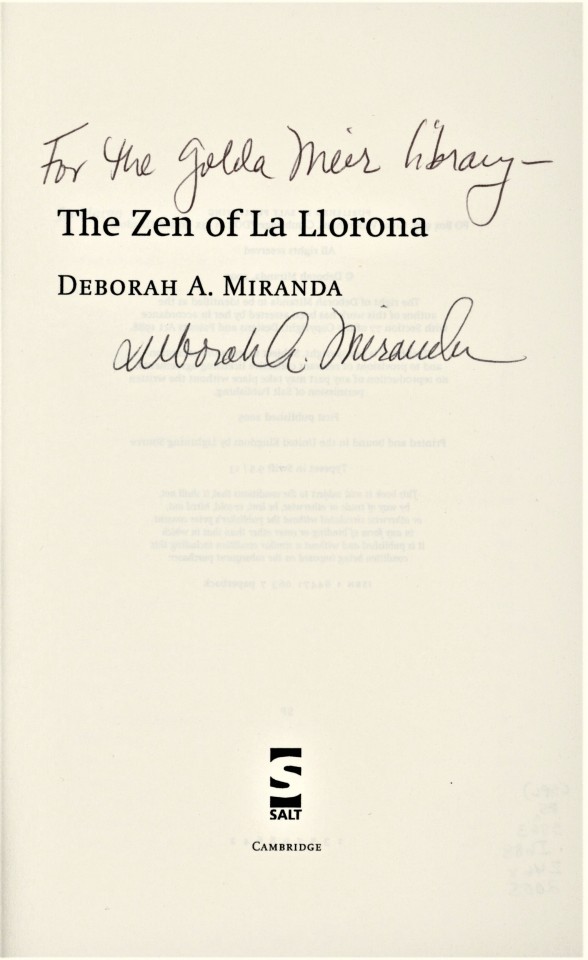


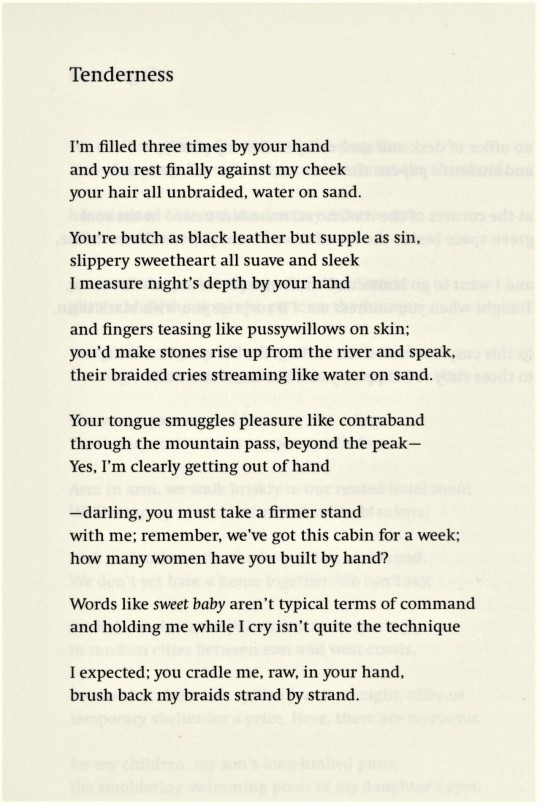
Native American/First Nations Woman Writer of the Week
DEBORAH A. MIRANDA
Deborah A. Miranda is poet, professor, and recipient of the 2000 Wordcraft Circle of Native Writers and Storytellers Writer of the Year Award. An enrolled member of the Ohlone-Costanoan Esselen Nation of California, Miranda was born in Los Angeles to an Esselen/Chumash father and a Jewish-French mother—a mix of cultures that play a central role in the author’s writing.
UWM Special Collections preserves a signed presentation copy to our library (which is named after Golda Meir, who grew up in Milwaukee) of Miranda’s 1999 poetry collection Indian Cartography: Poems, published by the historically diverse Greenfield Review Press. The book received the Diane Decorah Memorial First Book Award for Poetry from the Native Writers’ Circle of the Americas, a special honor as it is one of the few literary awards presented to Native Americans by Native Americans. The book’s cover is a monoprint, called “August Sky,” by Kathleen R. Smith of the Mihilikawna Pomo and Yoletamal Coast Miwokwhich. Our collection also holds a signed presentation copy of Miranda’s 2005 poetry collection, The Zen of La Llorona, published by Salt Publishing. This collection was nominated for the Lambda Literary Award, which celebrates “vibrant, dynamic” LGBTQ storytelling.
In her author’s note for Indian Cartography: Poems, Miranda observes that people believed all Natives of California to have “died.” Acknowledging her peoples’ struggles, the author dedicates the book: “for my tribe, my family, our children.” This first collection focuses on the author’s childhood and her journey back to her Ohlone-Costanoan Esselen roots, after Spanish Missions’ and Mexican secularization’s near erasure of the culture. Miranda dedicates The Zen of La Llorona to her spouse, poet, Margo Solod, stating that this second collection of her poetry is
a record of my journey out of destruction and into a North American indigenous state of creativity, the erotic, and joy.
This book follows the author’s personal growth into adulthood and motherhood, through a divorce, and her attempts at finding love as a queer person. In this collection, Miranda states that Indigenous peoples are all children of La Llorona, as they continue to fight for federal recognition in the American historical canon after surviving termination efforts by the U.S. government for decades.
Deborah Miranda continues to write and is currently the Thomas H. Broadus, Jr. Professor of English Emeritus at Washington and Lee University in Lexington, Virginia. Her research includes Indigenous women's poetry, California Indian issues both historically and in contemporary times, and North American Indigenous environmental and social justice concerns. She runs workshops at universities across the United States and maintains a blog through Twitter under the username, @badndns.
The photographic portrait used here is by Margo Solod from the website Split this Rock, presenting Miranda’s poem “We.”
See other writers we have featured in Native American/First Nations Woman Writer of the Week.
–Isabelle, Special Collections Undergraduate Writing Intern
We acknowledge that in Milwaukee we live and work on traditional Potawatomi, Ho-Chunk, and Menominee homelands along the southwest shores of Michigami, part of North America’s largest system of freshwater lakes, where the Milwaukee, Menominee, and Kinnickinnic rivers meet and the people of Wisconsin’s sovereign Anishinaabe, Ho-Chunk, Menominee, Oneida, and Mohican nations remain present.
#Native American/First Nations Woman Writer of the Week#deborah a miranda#women's history month#ohlone costanoan#native american writers#Native American women#esselen#chumash#indigenous poetry#Indian Cartography#Greenfield Review Press#the zen of la llorona#salt publishing#kathleen smith#monoprint#california#first book award#native writers circle#lgbtq poetry#isabelle#women poets
51 notes
·
View notes

